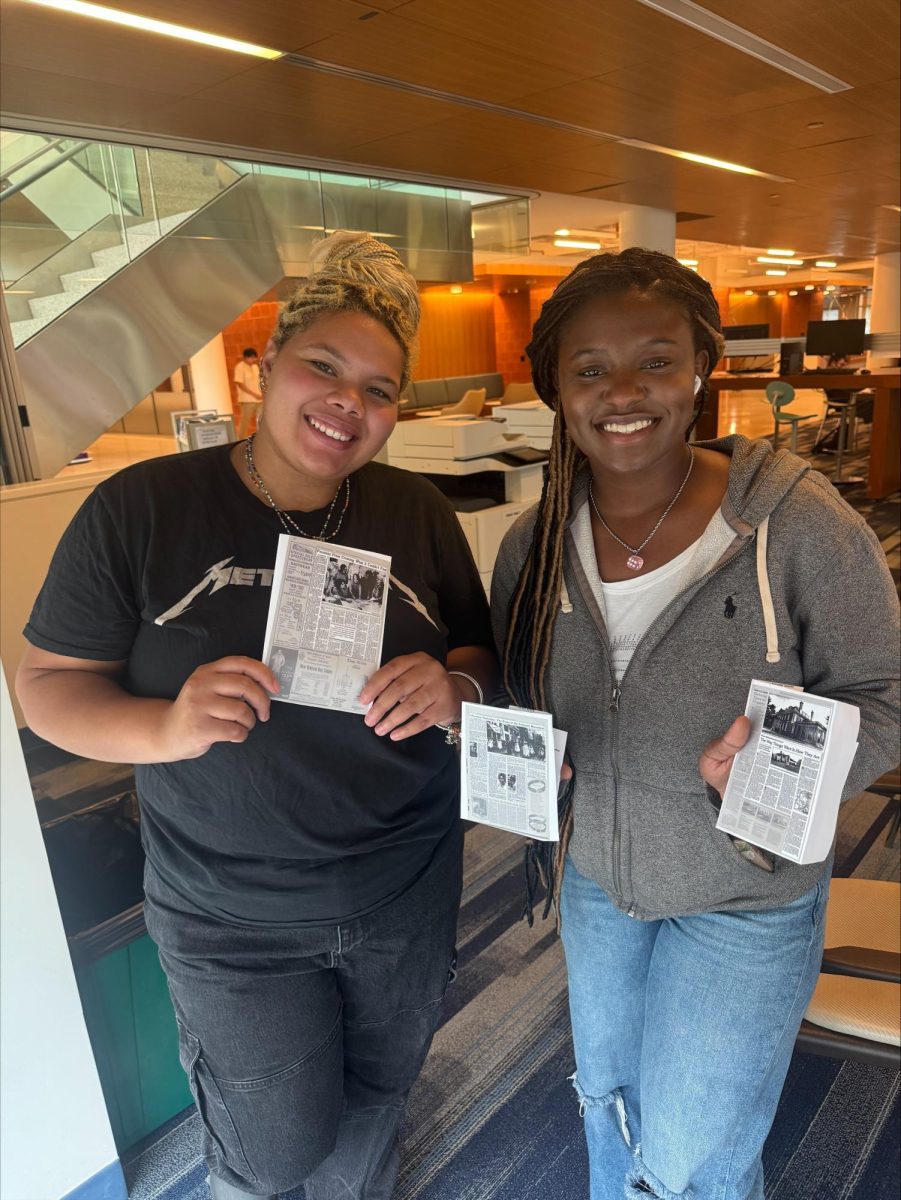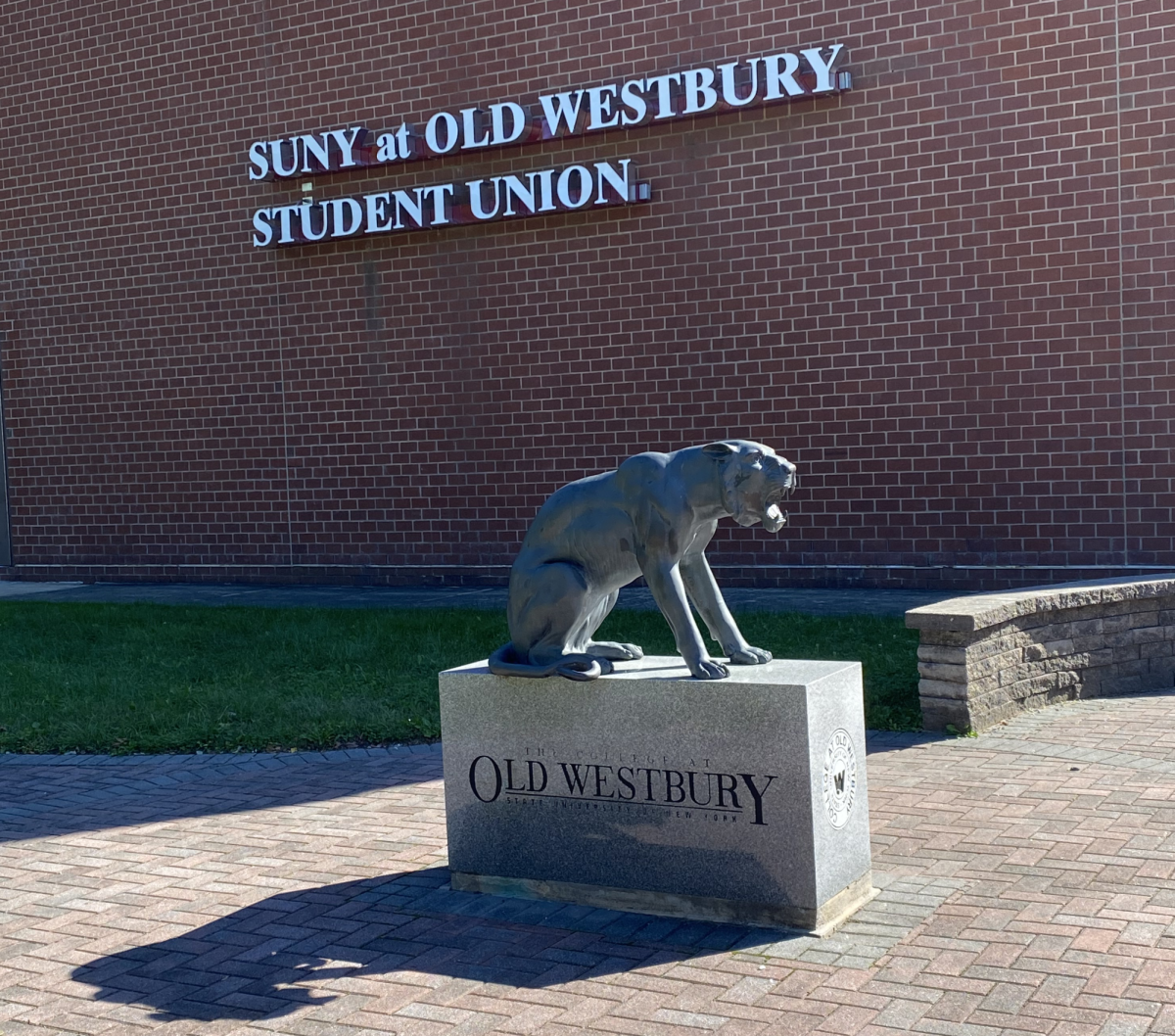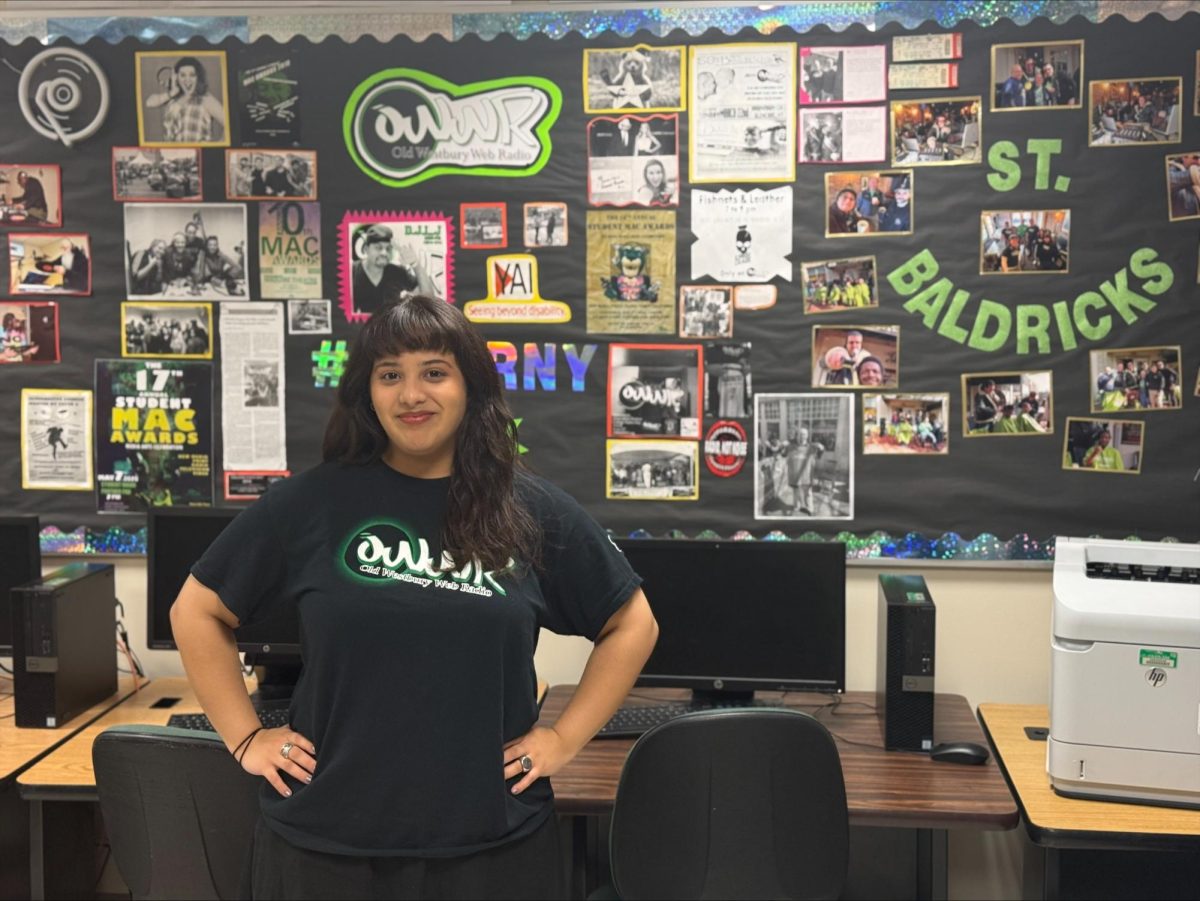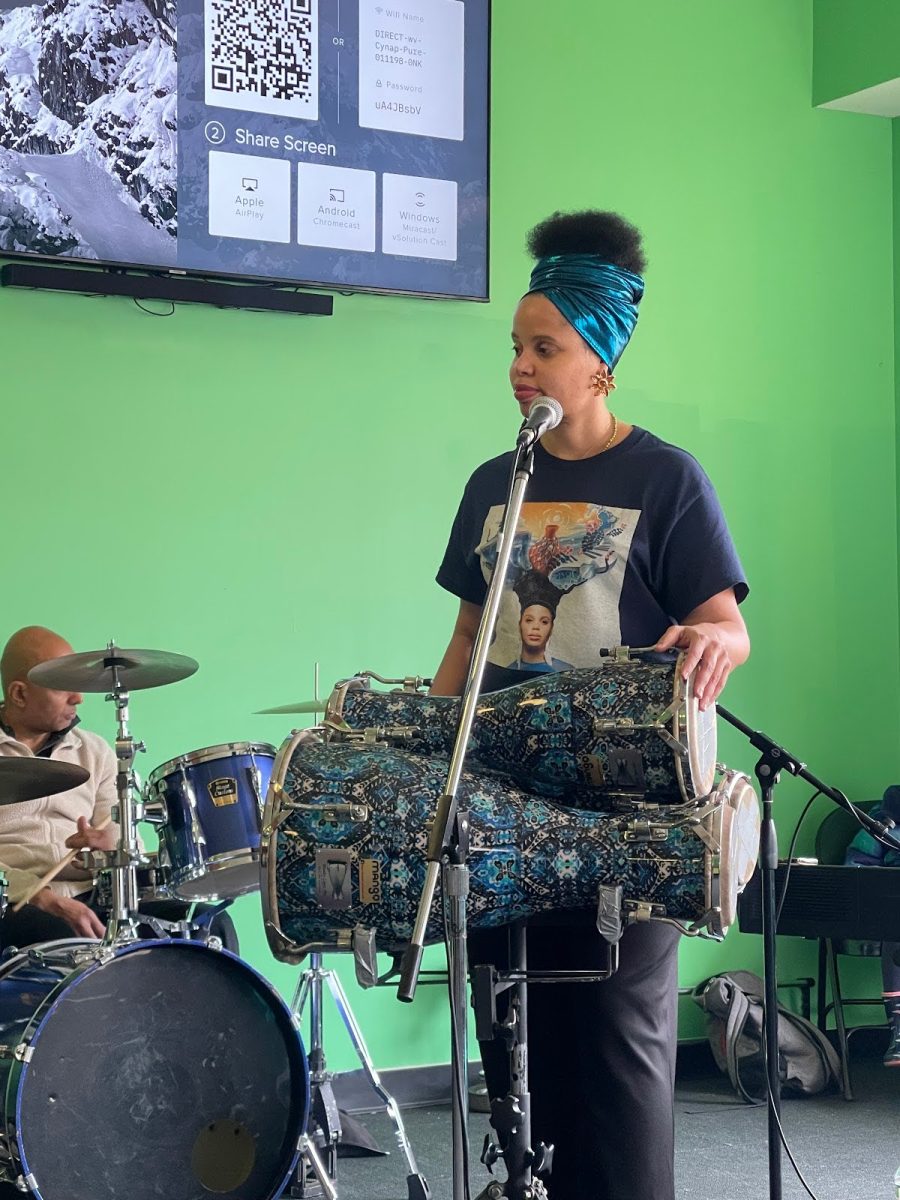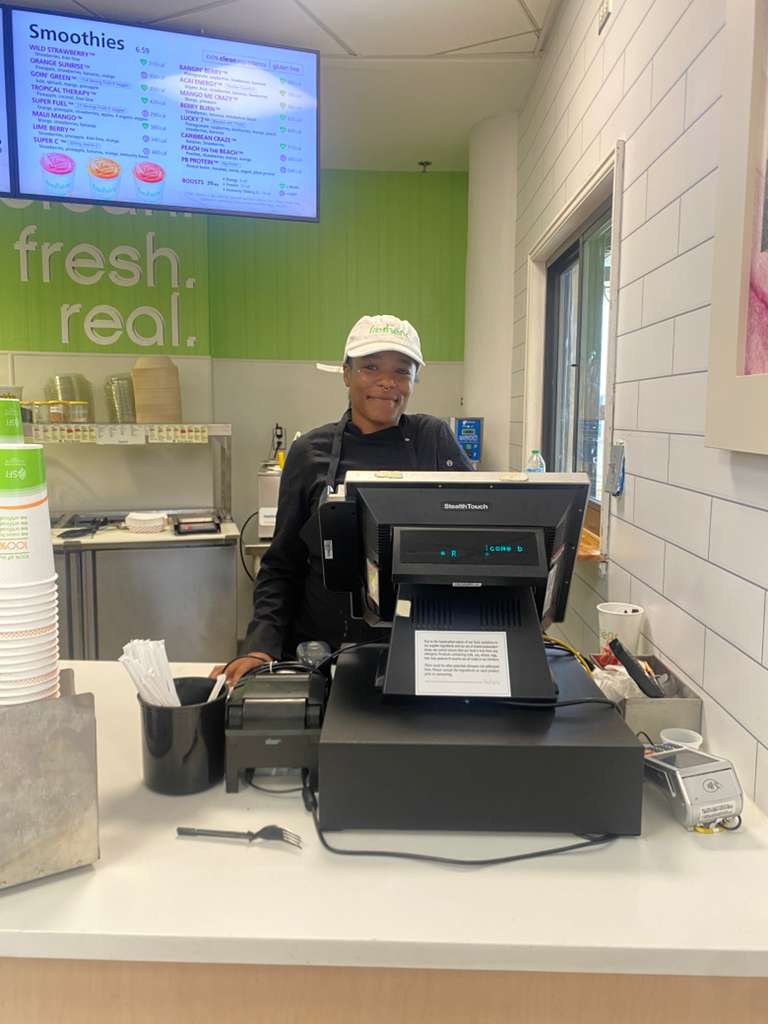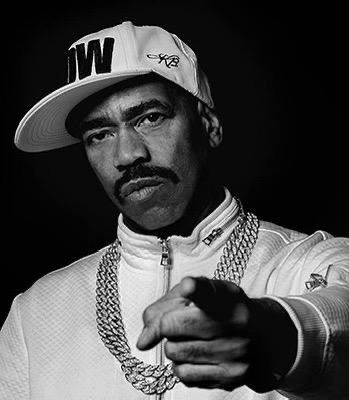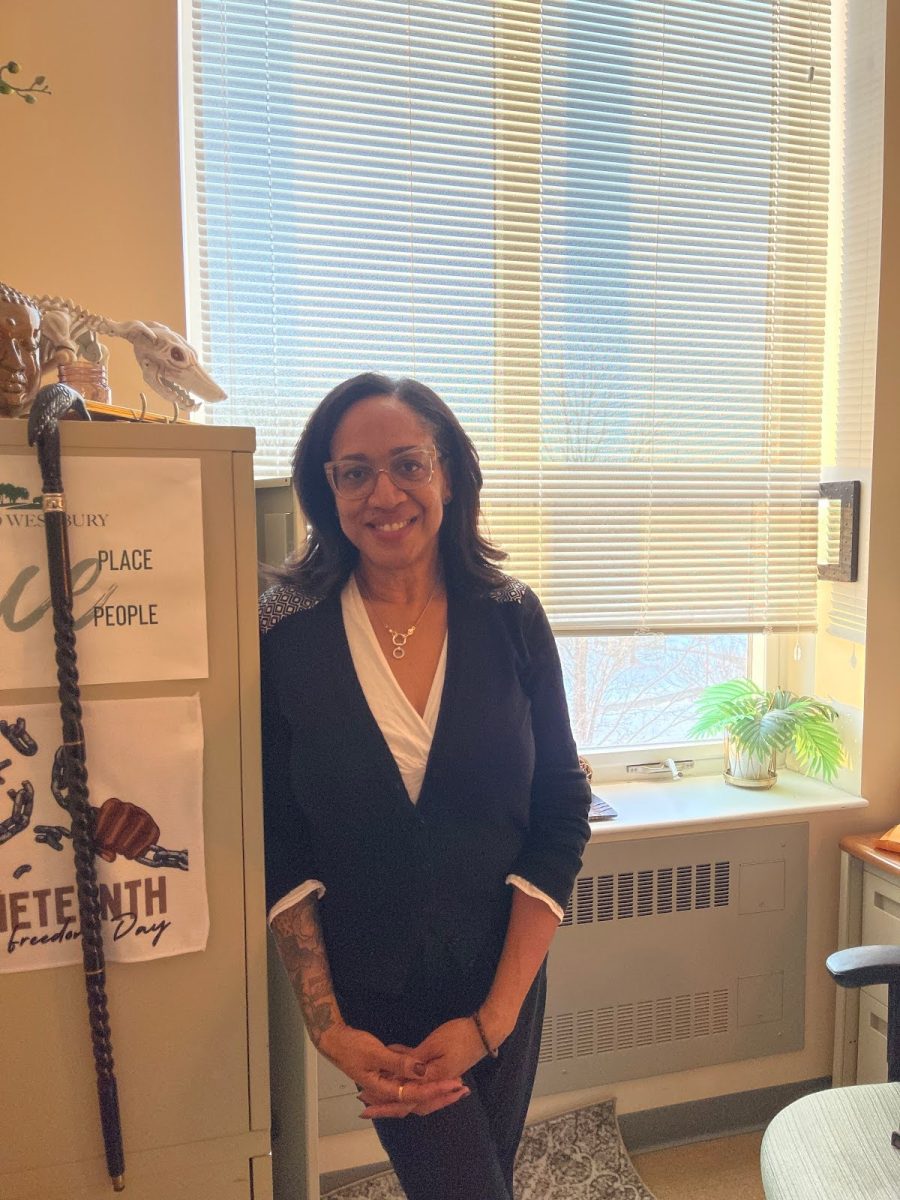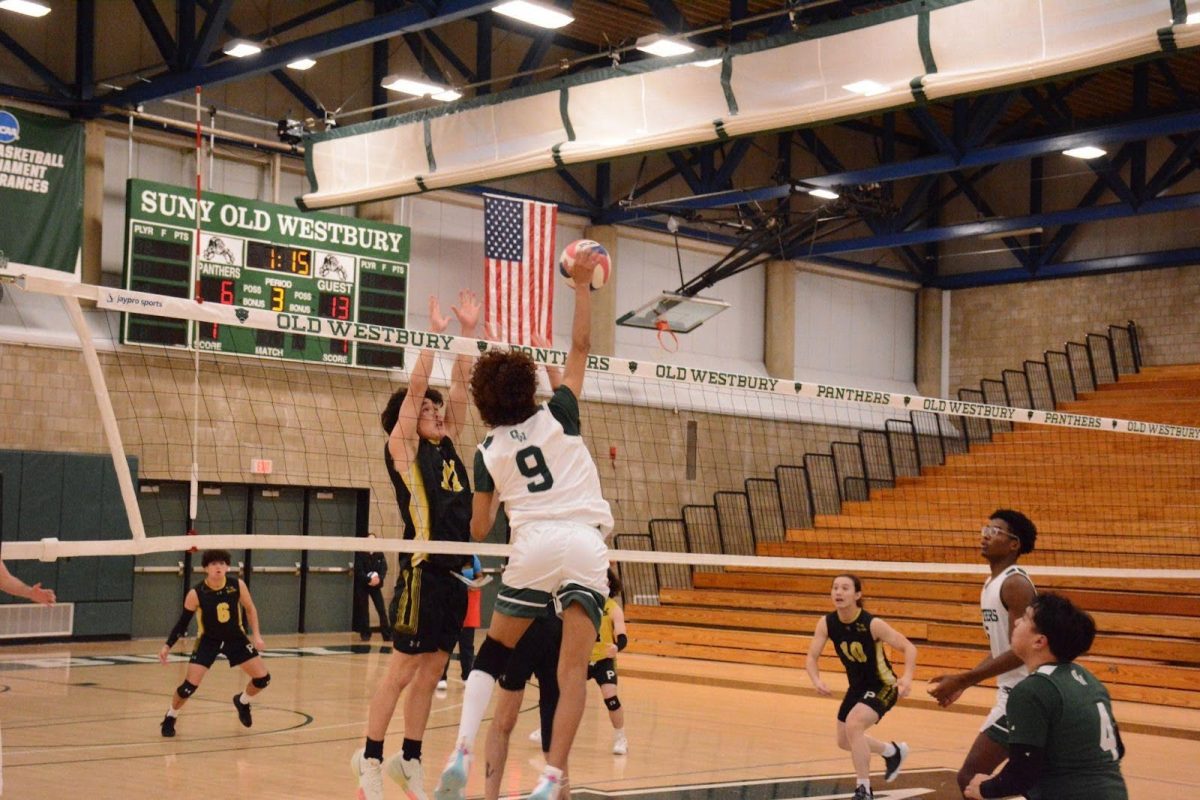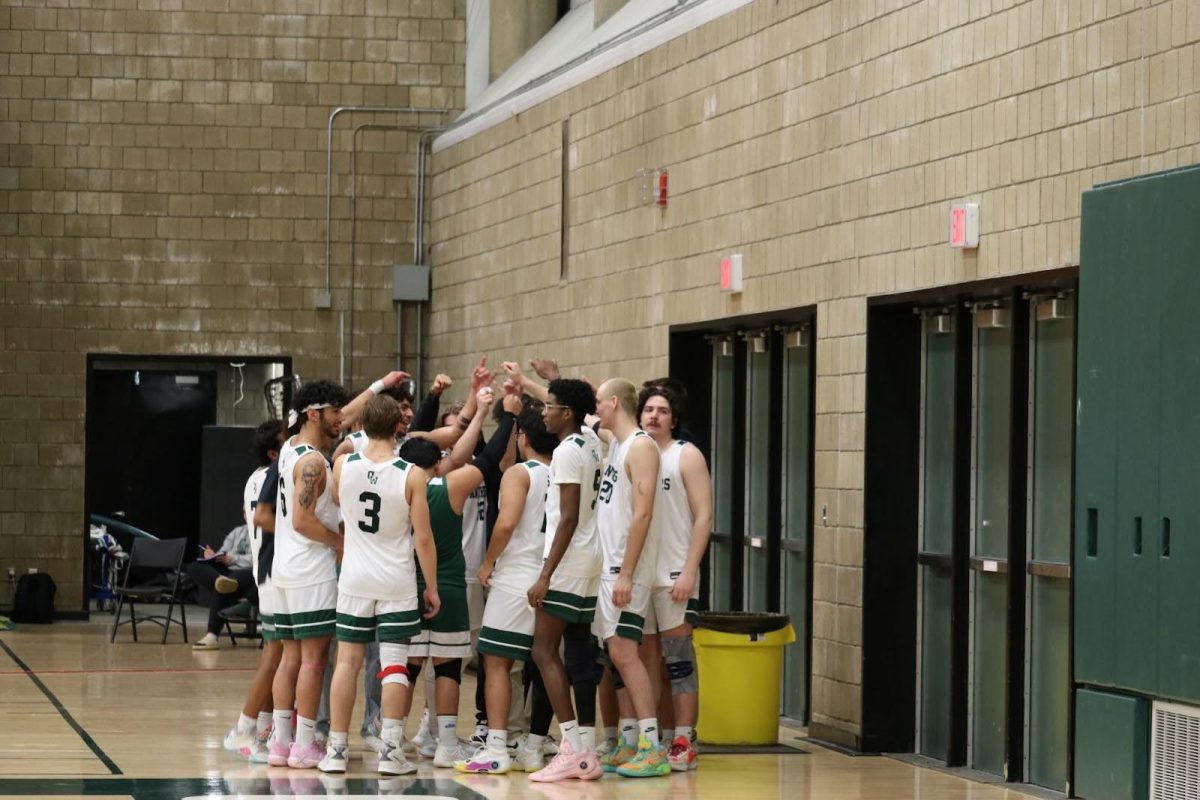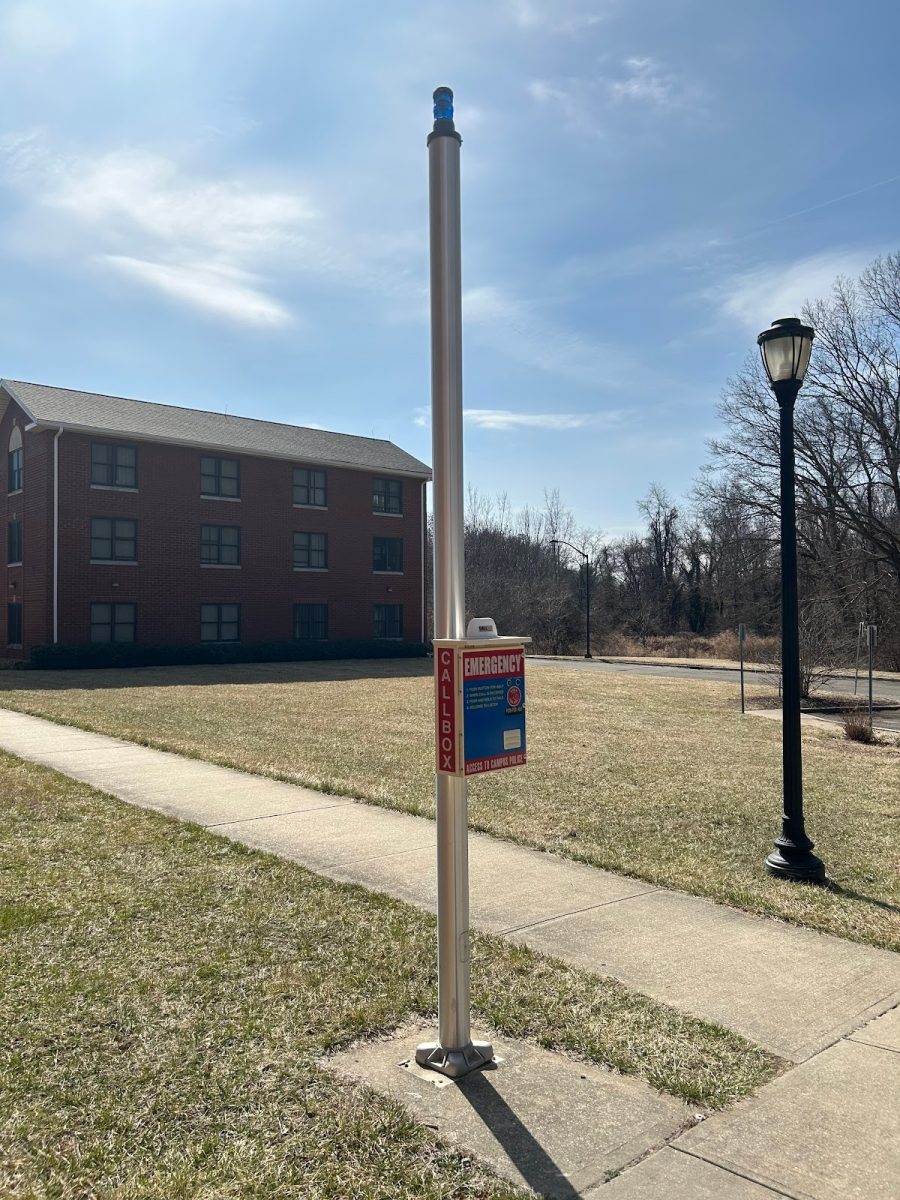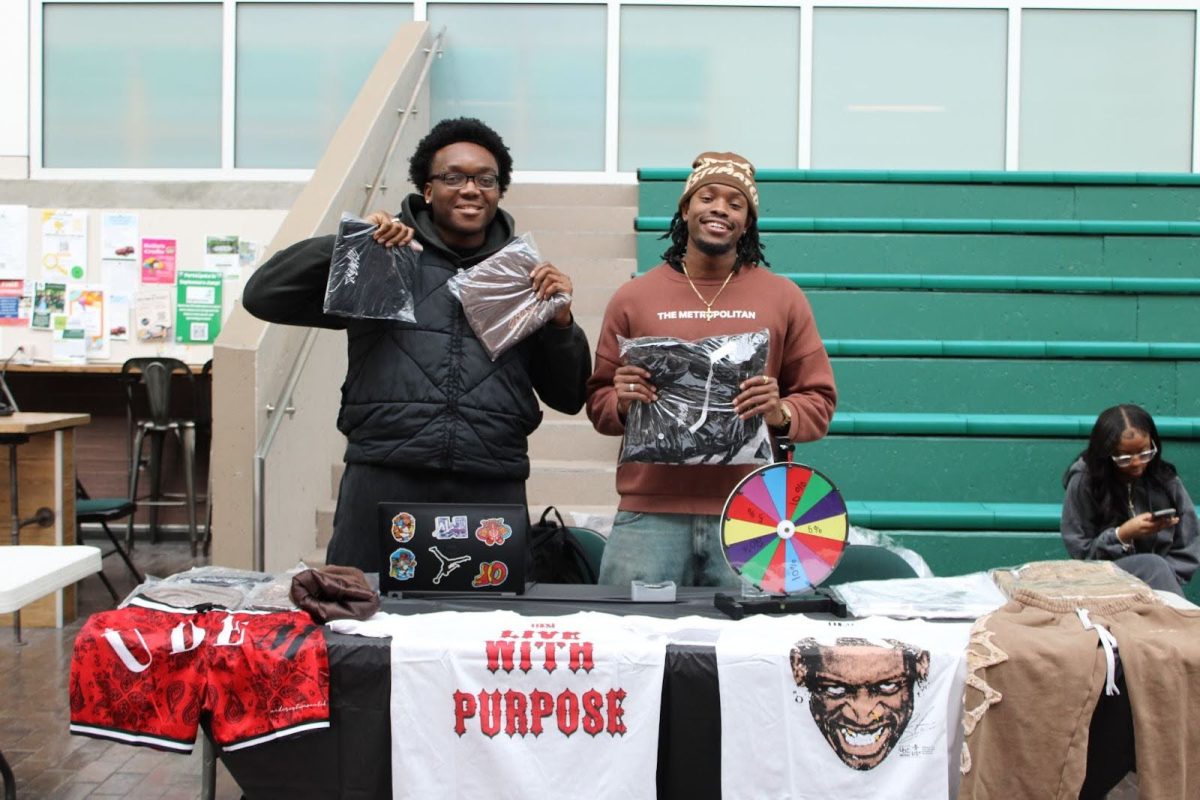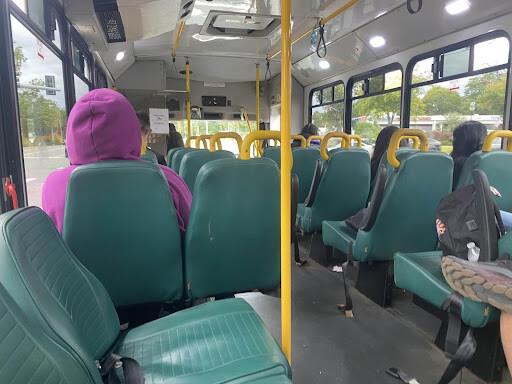On February 19th, 2025 Professor John Friedman appeared on Fox 5 NY’s Good Day New York in advance of his film’s premiere on PBS channels WNET (New York City) and WLIW (Long Island) Friedman discussed his new documentary Plunderer: The Life and Times of a Nazi Art Thief. Friedman co-produced Plunderer with Hugo Macgregor and David M. Milch.
Friedman recounted the moment he met the author of the book that inspired the film, “I originally met the author of a book about Hermann Göring because Bruno Lohse, the subject of the film, was Hermann Göring’s top dealer during the war.” Friedman continued, “So Jonathan Petropoulos had written a book about or was working on a book about Lohse, and I went up to him and said this should be a film and one thing led to another.” In the interview, Friedman disclosed that it took more than 10 years to make the film.
While working on the film, Friedman and his team spoke to over 50 people in seven countries, including “perpetrators, investigators, victims, and art dealers. This is a detective story, an international detective story. As the Germans were not only the greatest mass murderers in history, they were the greatest art thieves in history.”
The film explores what happened during the war and what happened after the war, which in general is believed not to be commonly studied in history. Friedman stated, “What’s been happening after the war is that Bruno Lohse was able to come to the United States. At first he was banned from coming to the United States and then he dealt with art dealers, galleries, museums in the United States so the story is about the art world, which is like the drug world and the arms world, Friedman continued, “it is one of the only international worlds that is not regulated. “
Many Jewish families lost valuable art after the war. This is due to art dealers and lack of regulation. Friedman stated how the families are being impacted by this, “Don’t forget that this art is very valuable. Bruno Lohse, himself the subject of our film, when he died had about 47 great works of art and the value was in the tens if not in the hundreds of millions of dollars.” Not only is this art valued at millions of dollars but they tell stories that have been erased. There was no paper trail or evidence of theft or even of the art’s existence.
Families have lost art during the war due to Lohse. Friedman said, “museums and individuals and others obviously want the money, but for the families, the Jewish families whose art was stolen from them, it’s not just the money; it’s the memory.” For many of these families, this stolen art is the only thing connecting them to what has been erased. Now in the 21st century, their history is still threatened, making the art even more valuable than ever. They’re looking back at their past, trying to regain their memories and their childhood experiences. This stolen art is more than just property—it’s a vital connection to a lost heritage, a tangible piece of memory that families are still fighting to reclaim.
Here is a description of the film that can be found on PBS.org, “Historian Jonathan Petropoulos investigates former Nazi art dealer Bruno Lohse’s role in post-war America. Lohse established relationships with curators at some of the nation’s most important cultural institutions and became an invisible hand, dealing in looted art – even as the families of the original owners pursued the restitution of works rightfully theirs.” There are a total of two episodes available now.

